The Grand Illusion by Styx
Buy The Grand Illusion Although it was seventh overall studio album for the band, The Grand Illusion was the second album from Styx to head towards a more radio-friendly direction. The Chicago based […]
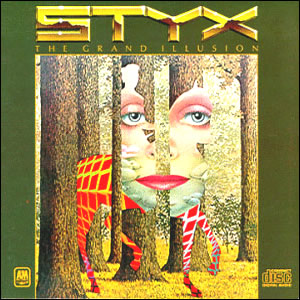
Buy The Grand Illusion Although it was seventh overall studio album for the band, The Grand Illusion was the second album from Styx to head towards a more radio-friendly direction. The Chicago based […]
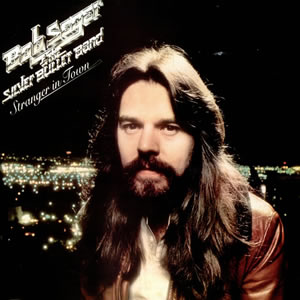
Buy Stranger in Town Bob Seger released his tenth overall album, Stranger In Town, in 1978. It follows the major commercial breakthrough of Night Moves, and expands the practice of using two groups […]
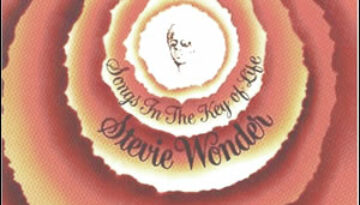
Buy Songs In the Key of Life The incredibly long and ambitious Songs In the Key of Life became the tour-de-force of Stevie Wonder‘s prolific seventies. The album consisted of two LPs plus […]
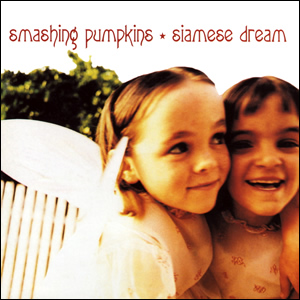
Buy Siamese Dream Building on the surprise success of their debut album Gish, the Smashing Pumpkins matured their blend of dream pop, heavy metal, and progressive rock on Siamese Dream, a blockbuster album […]
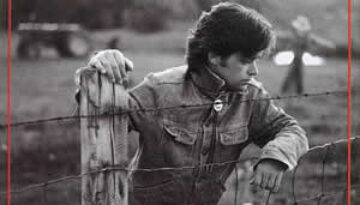
Buy Scarecrow While much of popular music in 1985 was moving towards more synth-based compositions and refined production, John “Cougar” Mellencamp decided to return to his roots on Scarecrow. In fact, Mellencamp was […]
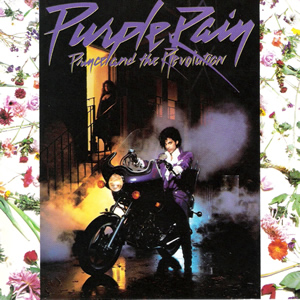
Buy Purple Rain Prince reached the pinnacle of his success in 1984, with the release of the musically potent Purple Rain to accompany the major motion picture of the same name. The sixth […]
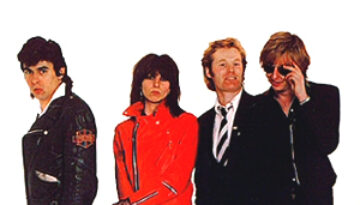
Buy Pretenders Pretenders, is the self-titled debut studio album by the British-American band of the same name. Released just weeks into the new decade of the eighties, this was one of the more […]
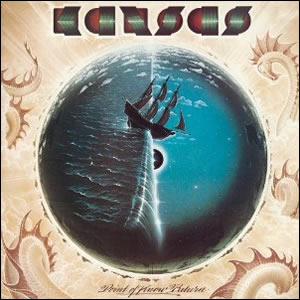
Buy Point of Know Return In 1977 while most classic rock artists were migrating towards simple, accessible music, Kansas was one of the last stubborn holdouts to compose pure prog rock. Although the […]
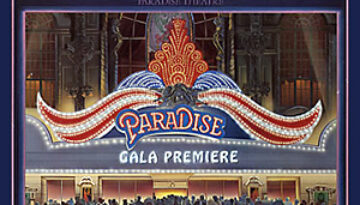
Buy Paradise Theatre At a time when the “concept album” had all but gone out of fashion, Styx released Paradise Theatre, an album that loosely couples a fairly interesting concept with some strategically […]
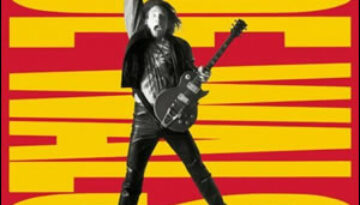
Buy Ordinary Average Guy Joe Walsh‘s long solo career was beginning to wind down by the early nineties, in part due to a decades long “party” which was starting to take its toll […]